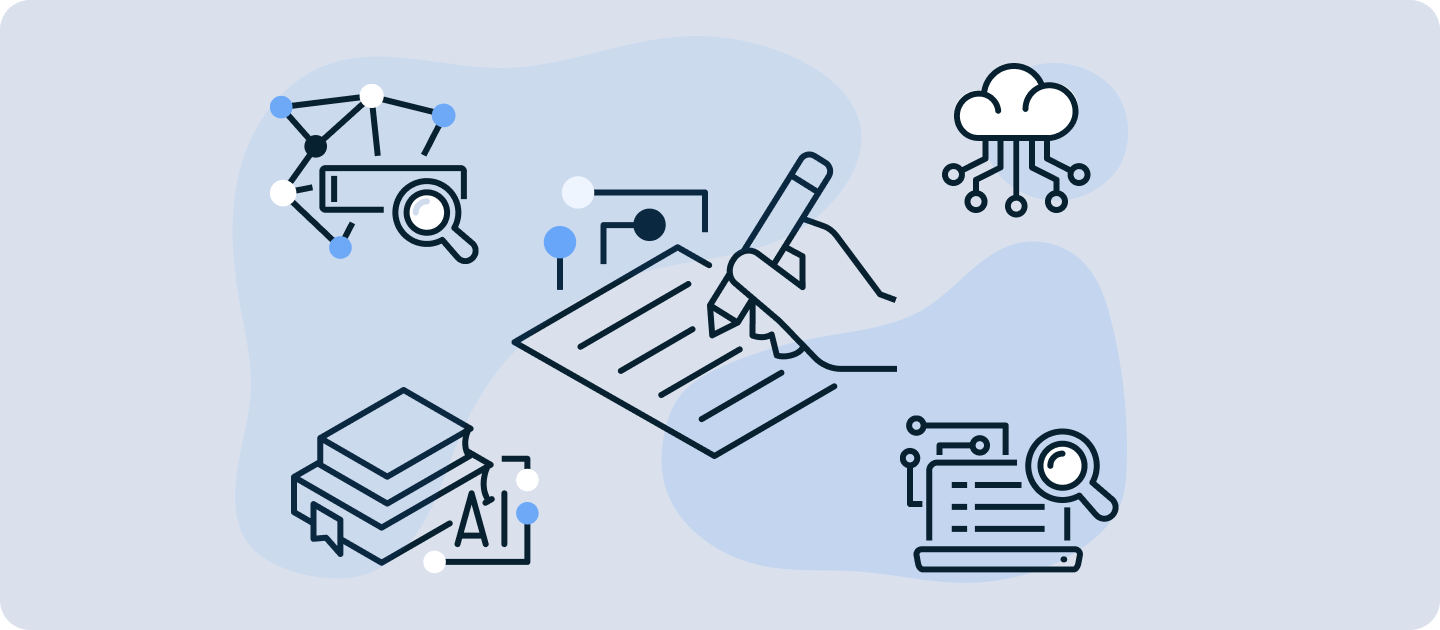What is a Semantic Workflow?
A semantic workflow in procurement orchestration refers to a dynamic, intelligent process flow that interprets the meaning and context of data and activities to drive decision-making and automation. Unlike traditional static workflows, semantic workflows use metadata, business rules, and contextual logic to adapt in real time, ensuring the right steps are taken based on the current scenario, user role, or procurement objective.
By integrating semantic understanding, these workflows go beyond mere task sequences. They incorporate the intent behind each action, recognize dependencies, and adapt to change without requiring rigid coding or manual intervention.
The Current State of Semantic Workflow
In most organizations, workflows are still heavily rule-based and linear. Traditional procurement tools often require static configurations that struggle to accommodate exceptions, evolving policies, or nuanced business needs. This rigidity results in inefficient processes, delayed approvals, and limited visibility across procurement activities.
Semantic workflows are emerging as a critical innovation in modern procurement orchestration platforms. With the advancement of artificial intelligence (AI), natural language processing (NLP), and low-code/no-code tools, semantic workflows are now more accessible and effective in transforming procurement operations. ORO Labs leverages this evolution to empower business users with workflows that are intelligent, flexible, and responsive to real-world procurement challenges.
Benefits of Semantic Workflow
- Increased Flexibility. Semantic workflows allow business users to configure processes without deep technical expertise, enabling quicker adaptation to changing procurement requirements.
- Context-Aware Automation. Automatically adjust process steps based on context—such as supplier risk level, spend thresholds, or regional regulations.
- Improved Compliance and Governance. Ensure that procurement policies are followed dynamically, without slowing down operations.
- Enhanced User Experience. Tailor workflows based on user roles and objectives, reducing friction and increasing adoption.
- Greater Visibility and Control. Provide real-time insights and traceability into how and why procurement decisions are made.
Semantic Workflow Use Cases
- Tailored Approvals. Adjust approval chains dynamically based on spend amount, supplier type, or contract terms.
- Smart Intake Management. Route requests to the correct workflows based on the business need, language used, or category-specific criteria.
- Compliance-Driven Sourcing. Trigger sourcing steps automatically when specific risk or compliance indicators are detected.
- Policy-Adaptive Contracting. Modify workflow paths in real time to reflect new legal or regulatory requirements without system downtime.
- Localized Procurement Execution. Adapt workflows for region-specific rules or supplier capabilities while maintaining centralized governance.
That's a Wrap
Semantic workflows represent a pivotal shift in procurement orchestration—transforming rigid, one-size-fits-all processes into intelligent, adaptive journeys. By aligning process flows with business intent and context, organizations can achieve greater efficiency, agility, and compliance.
At ORO Labs, we integrate semantic workflows to enable smarter procurement operations—empowering business users, reducing manual effort, and delivering better outcomes. As procurement continues to evolve, embracing semantic workflows will be key to staying agile, compliant, and competitive.









